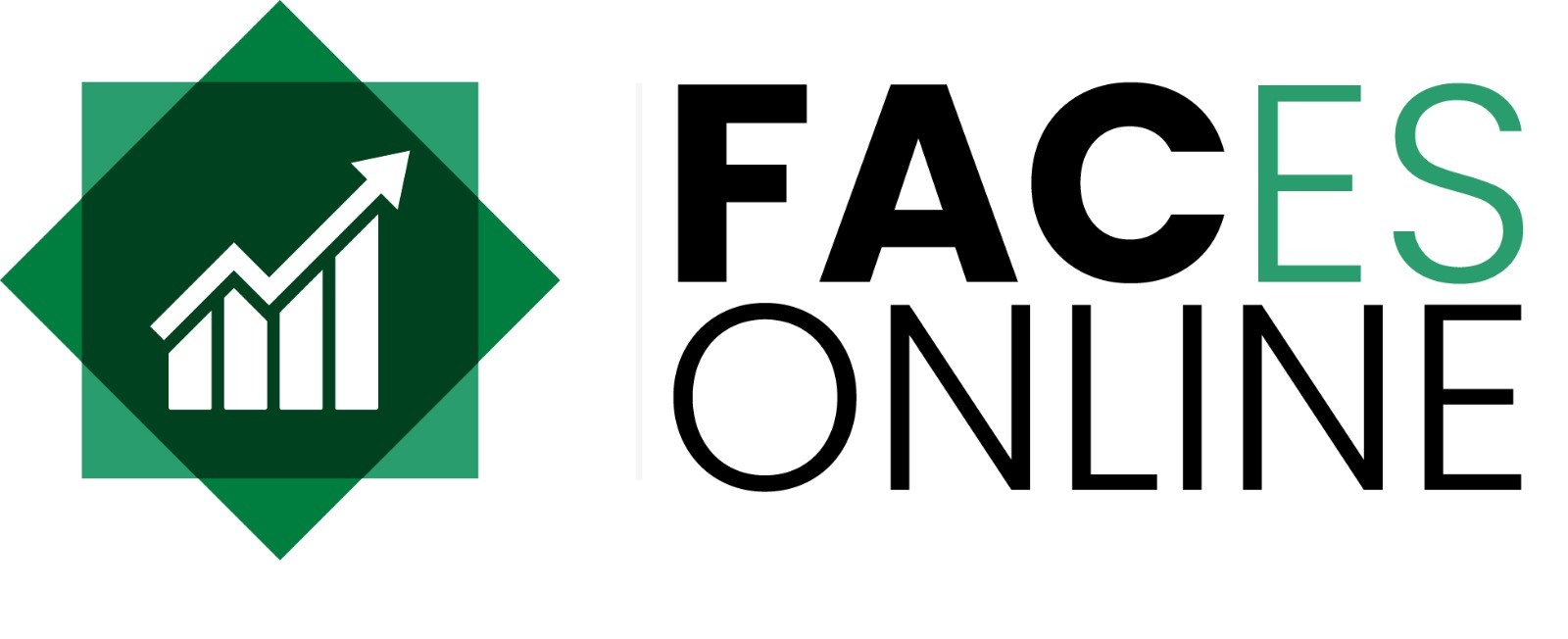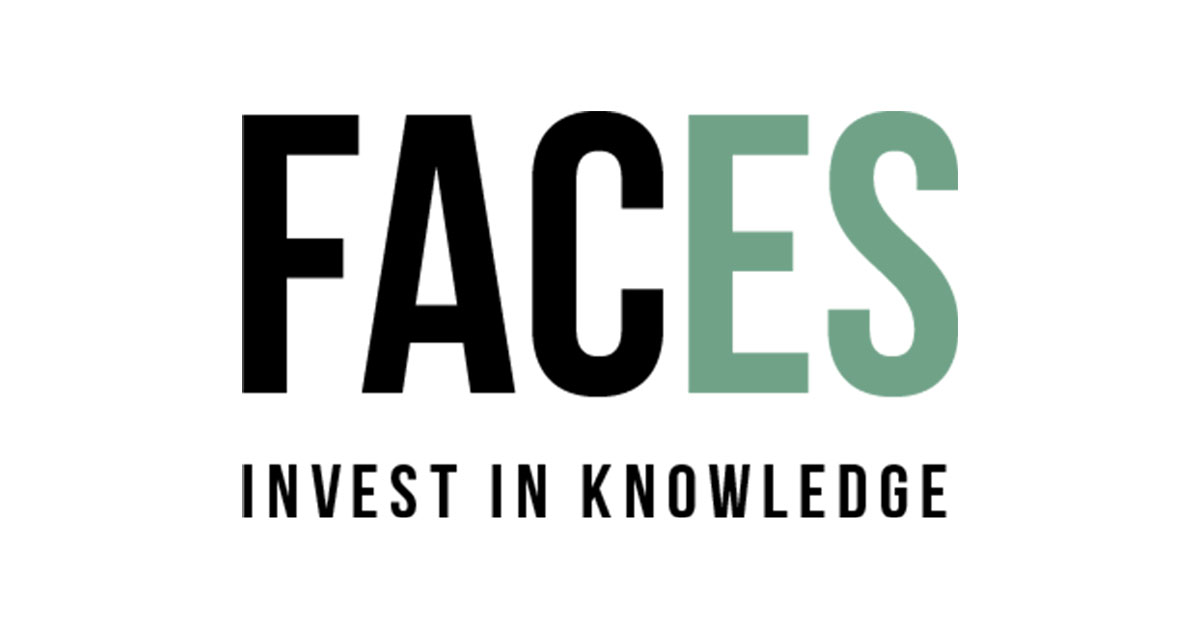Have you ever thought about becoming a professional accountant after graduation? In Hong Kong, if you, being a university graduate and no matter whether you are majoring in the accounting study, would like to enter the auditing profession, you could join a CPA (Certified Public Accountants) practice to start your career. In Hong Kong, accountants who are authorized to sign auditor’s report are known as CPA (Practising) (which is also known as Licensed Auditor or Practising Accountants in some other countries). This qualification is granted by the Hong Kong Institute of Certified Public Accountants (HKICPA), which is the regulatory body of the accountancy profession in Hong Kong. A CPA can practice on his/her own as a sole practitioner or together with other CPAs to form a partnership. In addition, CPAs can also incorporate a limited liability company to practice in a limited liability form as Hong Kong currently still does not have any Limited Liability Partnership (LLP) structure. As a result, CPA practices in Hong Kong can basically be categorized into 3 layers, namely the Big 4s and local practices at the two ends, with mid-tier firms in between. The size of Big 4s in Hong Kong ranges from 1,000 to 2,000+ staff; while smaller local practices can be as small as only having one partner and few staff members. For mid-tier firms, their sizes can be ranged from 30~40 people to over 1,000 people; while the more typical size is between 70~80 and 200~300. In addition, these mid-tier firms can further be sub-divided into whether they are associated with an international network. In this article, we will illustrate from the perspective of a mid-tier firm with international background in Hong Kong, Mazars CPA, to see what a university graduate can learn and be exposed to as well as how one can develop after joining a CPA practice and become a real professional accountant. Structure of a CPA Practice Mazars in Hong Kong has a total of about 280 people which is a typical size of a mid-tier firm here. Apart from the largest Audit and Assurance Department which provides auditing and related assurance services, it also provides services like taxation compliance and advisory, business risk review, forensic accounting, company secretarial, insolvency and liquidation as well as accounting outsourcing (see Chart 1 below). This also applies to most of the CPA practices in Hong Kong (or elsewhere in the world); they will provide a wide range of accounting related services to suit their clients’ needs. Mazars has its worldwide network in over 71 countries which enables us to serve clients with business and operations spreading over the world as nowadays most businesses do not only exist in one single city or country. Chart 1: Diversified services offered Working in an Audit Department Although you can choose to join different departments in a CPA practice to start your accounting career, most will start from Auditing. In Hong Kong, unlike many European countries and in the US, audit is mandatory for all limited liability companies incorporated in Hong Kong irrespective they are public or private entities. This explains why auditing division is normally the major and most important service for most CPA practices in Hong Kong. Indeed, Audit Department normally recruits freshmen from universities every year. Once you join the Audit Department as a freshman, you will have the opportunity to expose yourself in the business world through your role as an auditor. In the Audit Department, you will usually be engaged and involved in audit assignments. Auditing is the highest level assurance given by a CPA, and therefore, as mentioned above, only authorized persons are eligible to sign an auditor’s report in order to ensure the quality of those authorized persons. In order to sign off an auditor’s report expressing an opinion on a set of financial statements, auditors are required to follow certain detailed requirements and procedures from considering to accept a new audit client, through the planning and execution of auditing procedures and to the completion and issuance of an auditor’s report, including its format. This set of standard requirements and procedures are known as Hong Kong Standards on Auditing (HKSA) in Hong Kong which is fully converged with the international standards which are known as International Standards on Auditing (ISA). The objective of the standards is to ensure that the opinion given by an auditor is consistent and of high quality of assurance. When you are assigned to an audit engagement, you are required to understand the client’s business, the environment in which it operates and its operations & systems of control. In addition, you have to analyze the risks associated with the entity and design sufficient appropriate auditing procedures to address these risks in order to ensure there is no material misstatement contained in the financial statements we are going to express an opinion on. This really gives you chances to gain not only accounting and auditing knowledge but also business exposures. Although audit assignments are strictly bound by the HKSA/ISA and each engagement should follow closely all the required approaches and procedures, you could still learn different types of knowledge and skills when you are involved in auditing entities in different types of business and industry. Taking inventory count as an example, is a very common auditing procedure to verify the existence of inventories. However, the skills to be used in different industries will be different and the experience gained will also vary. Imagine you are counting inventories in the warehouse of a production plant of a manufacturing company and in a retail shop selling luxury goods on the high street. Not to mention bank notes in a bank, coal in a power plant or cows in a farm. Your exposures to business knowledge are therefore enhanced when you are involved in the audit of various types of industries. Apart from audit engagements, you may also be involved in other nature of assignments such as due diligence reviews and investigations. As these types of assignments
The changing profession of the accountant
The accountancy profession is subject to change. The changing profession of the accountant is subject to the event Accounting Insight 2013. The event is titled ‘Adapt to survive’ and will take place in October. The topics discussed below will be the guideline for the discussion during the event in October. If you want to discuss the topics with people from the field or you want to know more about the subject, you can scan the QR-code, visit the website of Accounting Insight and subscribe for the event. Various developments put pressure on the traditional business model of the accounting firm. Both technological developments and changing needs of clients and society, require a cultural change within the accounting firms. Technology is changing the world around us. Accounting firms should anticipate on these developments to be competitive. Where financial records become more digitized, automated and standardized, the work of the accountant will dramatically change. Accountants sifting through boxes full of clients’ physical receipts was a known phenomenon, however these days of manual labor will be gone. From the perspective of the client, the developments make it possible for businesses to perform standardized bookkeeping services themselves. Because clients can do more themselves, they want more from their accountant. A sparring-partner with a proactive attitude is asked for. Also the needs from society have an impact on the role of the accountant. We expect the accountant to be more transparent, where they should give a more extensive opinion about the firm they audit. Finally, with respect to these aspects, the consequences for the education of accountants will be discussed. But first, the three most prevalent technological developments will be discussed in detail. Technological developments XBRL XBRL (eXtensible Business Reporting Language) is an open standard for automatically collecting, publishing and exchanging financial information via the internet. With this standard, different computer systems can communicate with each other in a uniform language. Numbers and text are tagged, which makes these data unequivocally interpretable and workable for different users. So, XBRL standardizes the definition of business data. In this way, data do not have to be transformed first, in order to be used for different purposes. The users of the financial statements can distill the necessary information itself from the datasets underlying the financial statements. XBRL is a development that causes the work of the accountant to change. The accountant should give a different type of assurance than merely the “true and fair view” of the financial statements. In the future, accountants should give an opinion about the quality of the underlying processes of the firm which have led to the digital XBRL statements or they should give an opinion about the underlying data. Continuous auditing The purpose of an audit is to give assurance about the information in the financial statements of the client. For information to be useful for users of the financial statements, it should be timely and free from material misstatements, omissions, and fraud. The development of Enterprise Resource Planning systems have enabled the timely generation of financial information. Although the timeliness of financial reports increases, the level of assurance decreases. Monthly and daily reports are not audited, which causes inappropriate decisions by stakeholders who increasingly depend on real-time information. In this perspective, it is more relevant to have reliable up to date information than reliable information from the previous year. And this causes continuous auditing to be more prevalent in the future. Nowadays the audit consists of an interim audit and a year-end audit. The traditional audit is both labor and time intensive because of manual audit procedures. However, the automation within firms causes accountants to rely on internal controls. Which makes it possible to have manual audit procedures to be replaced by automated audit procedures. With continuous auditing, the accountant can perform an automated audit several times a year or on a real-time basis. Enclosed with this form of auditing is the accountants’ opinion about the automated internal controls within the firm and the exceptions that will be detected by the software. At the end, the accountant will be the external supervisor of the internal system of the client. However a possible danger for the independence of the accountant with this development, is the risk of self-assessment because the accountant will be too much involved with the client. Cloud Computing Cloud computing is another important technological development that will have implications for the future of the accountancy profession. Cloud computing is a network of computers that makes software, hardware and data available on request via the internet. Cloud computing is a radical form of outsourcing. In this way, the user has been no longer the owner of the hard- and software used and is not responsible for maintenance. Because of cost savings, cloud computing will be used more and more by firms. In the future, more financial systems of firms will go to the cloud. With this development of outsourcing systems to the cloud, the traditional audit of the firm should be focused on guarantees and certifications from the products and services in the cloud. This is a so-called one-to-many principle: one audit should be performed with respect to one service provider with many clients. Instead of one audit for every client, one general audit of the service provider is needed which automatically encompasses all the different clients. In the end, the work of the audit is more complicated and an IT-expert will be necessary. This has a decreasing effect in the workload of the accountant. Increased expectations Besides the changes in technology, there are other changes to be made in the profession of the accountant. After the financial crisis the confidence in the financial institutions is gone and so is the confidence in the profession of the accountant. It is not obvious anymore that what the accountant does is right. Because of this decreasing confidence, the accountant nowadays has to convince and satisfy his customers and outreach their expectations. Especially now, due to the changes in society, there is



